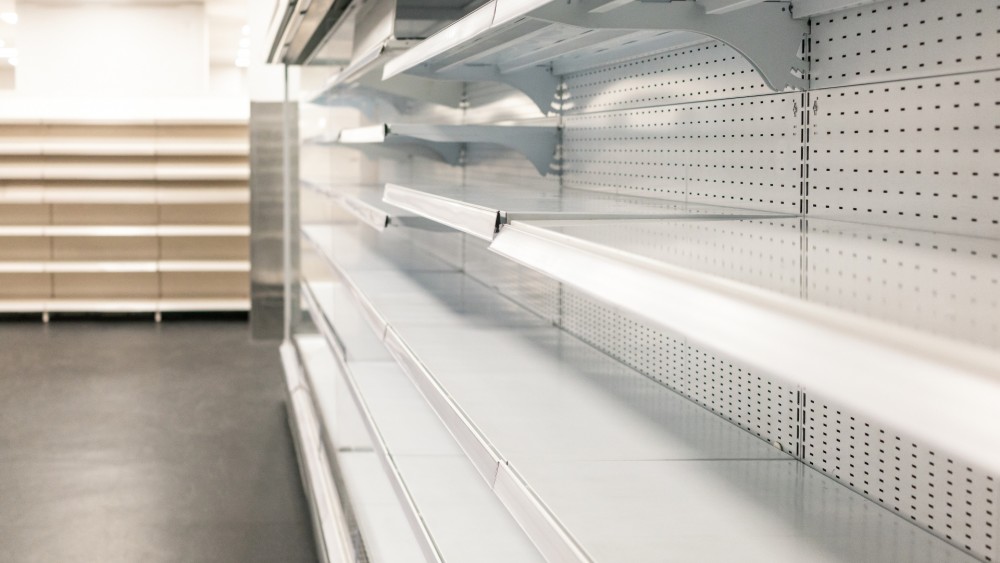Sunday November 24, 2024
- ALL NEWS
- SMALL & MEDIUM ENTERPRISES (SME)
- INTERNATIONAL TRADE
-
REGIONS
-
NON-REGIONAL
Search

We’re all used to the phrase, “supply chain problems”. The Covid-19 pandemic has been causing significant supply chain disruption for over two years. In 2022, Russia invaded Ukraine, and this military action coupled with retaliatory sanctions has further complicated supply chain issues. Given this, what have been some notable product shortages this year?
1. Semiconductors
The semiconductor supply chain problem has been apparent for about two years now. The situation hasn’t got much better in 2022. Demand for advanced computer microchips has never been higher, so the semiconductor supply remains tight. Semiconductors are in all sorts of modern electronics, from smartphones to automobiles.
Semiconductors have an infamously complex production process and manufacturers can’t just speed it up. This has led to some major backlogs. To deal with the low supply of semiconductors, some companies have implemented “strip-down” strategies to reduce their dependence on certain chips, which means their products have fewer features.
2. Aluminum
The high-demand for, and difficulty to get, aluminum has been a problem for food and beverage companies in 2022. Consumers have been unable to find certain canned goods because procuring the necessary aluminum has been too difficult for some canned food producers. The same is true for breweries and makers of soft drinks and energy drinks. In addition to all the normal supply chain problems, China’s attempts to reduce their emissions by cutting back on producing energy-intensive metals have reduced aluminum production.
3. Tampons
Tampons and other feminine hygiene products were noticeably absent from pharmacy and grocery store shelves for a period in 2022. This was largely due to Covid-related staffing issues on the production side in 2021 and early 2022. Thankfully, the problem seems to be resolved at the time of writing. However, insecurity in the cotton supply chain could mean further shortages, and it has contributed to a 10% increase in cost.
4. Lumber
The lumber market anticipated inflation in 2022 by surging in cost in 2021. According to Forbes, between April 2020 and April 2021, lumber futures increased a whopping 375%. This has contributed to price increases in many different products.
5. Bicycles
During 2020, many people turned to bicycles as a safer form of exercise than going to the gym. Unfortunately, while the pandemic has become less of a problem, bike inventory still has not bounced back. Supply chain issues and high costs of materials means that many bicycle companies have still yet to reach early 2020 levels of inventory.
6. Groceries
Apart from all the other supply chain, staffing, and inflation issues, climate change events such as drought and floods have severely impeded many different crops. This has led to major shortages of many different grocery items. Some of these shortages are merely annoying, such as absences of Sriracha, cream cheese, and champagne. Other shortages are very concerning, though.
Supplies of staples such as bread, eggs, and grain are running low, particularly in Lebanon, Australia, and Somalia, respectively. Potato crops have been poor globally. The shortage of baby formula in the United States has been very concerning. While not as bad as it once was, future shortages of formula are expected periodically in different locations.
Stay Tuned with Exports News
Make sure to subscribe to Exports News today and receive all the latest import/export information and news!
No Comments
Add comment



We’re happy you are satisfied with Exports News. Please let us know if you need enything!
support@exportsnews.comWe’re sorry your experience was not satisfactory. Please let us know how we can improve your experience:
Please contact us with any questions or concerns: support@exportsnews.com


Your feedback has been received! If you have any other questions or concerns, please contact us at:


There aren't any comments yet. Be the first to comment!